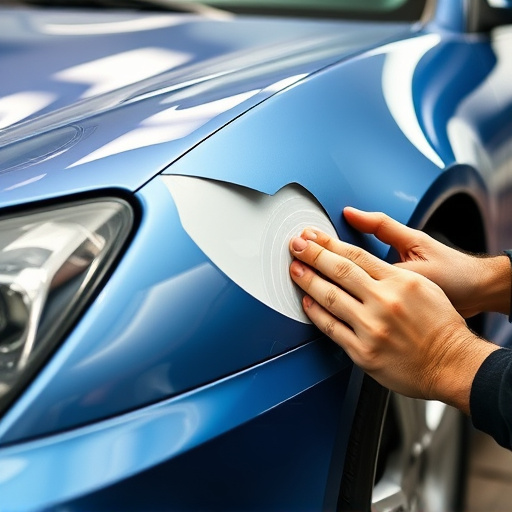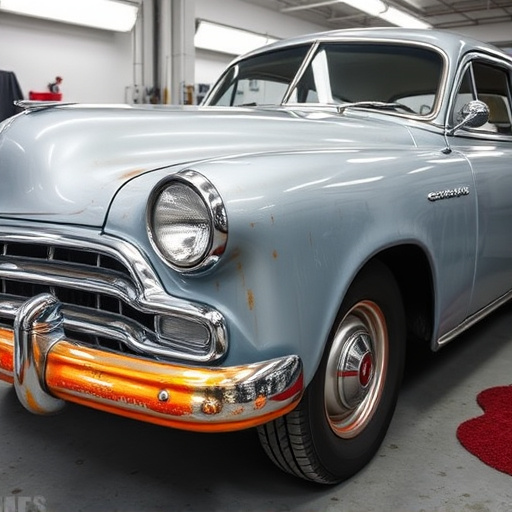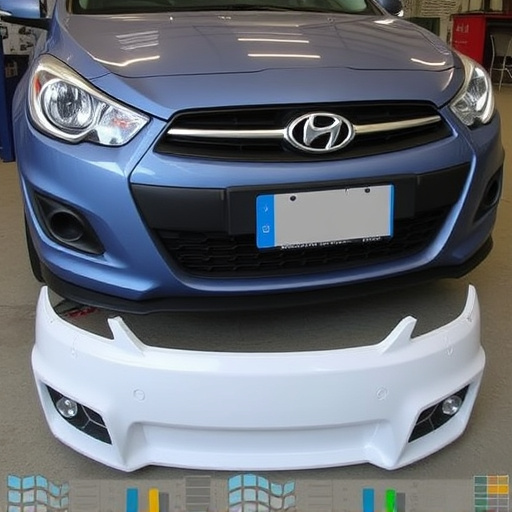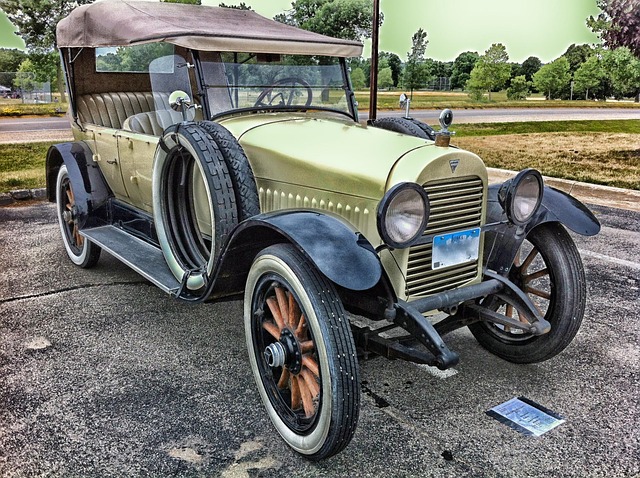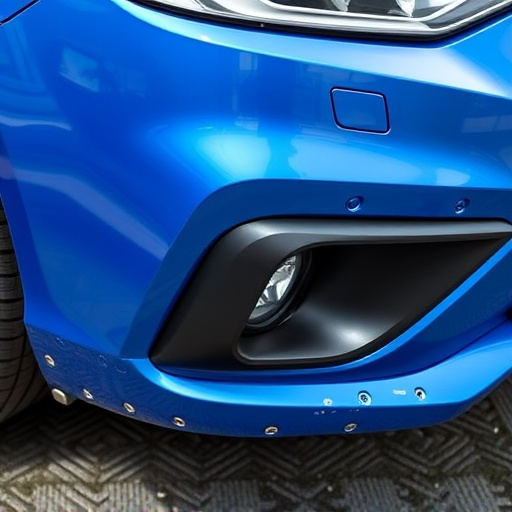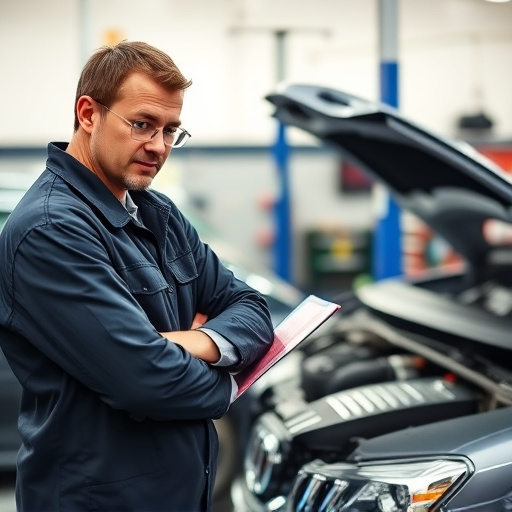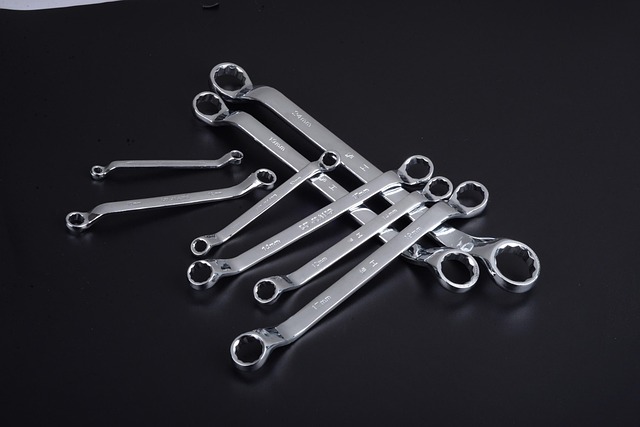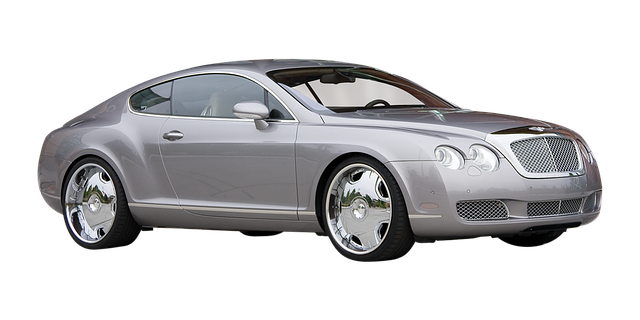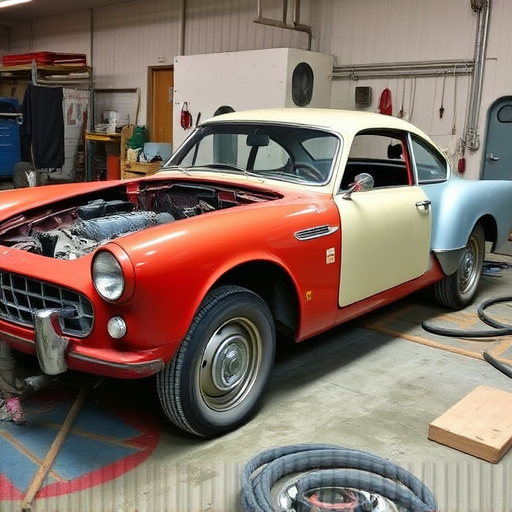The automotive industry's shift to lightweight materials like aluminum and high-strength steels for unibody frames has transformed vehicle construction, posing challenges and opportunities for unibody frame repair professionals. Specialized knowledge and tools are required to maintain structural integrity and aesthetic appeal, as traditional methods may no longer be effective on advanced materials. Collision centers must adapt with specialized training to handle modern materials' unique properties, ensuring competent repairs without compromising safety.
In the ever-evolving automotive landscape, new materials are revolutionizing unibody frame repair strategies. This article explores how advanced composites and lightweight metals, common in modern vehicles, impact traditional repair methods. We delve into the changing dynamics of unibody frame repairs, discussing specific challenges and innovative solutions emerging from the shift in material science. Understanding these developments is crucial for auto body shops aiming to stay relevant in the market, ensuring top-quality repairs that meet contemporary vehicle construction standards.
- Evolving Materials: Unibody Frame Repair Revolution
- Understanding New Materials' Impact on Repair
- Adapting Repair Strategies for Modern Unibody Frames
Evolving Materials: Unibody Frame Repair Revolution
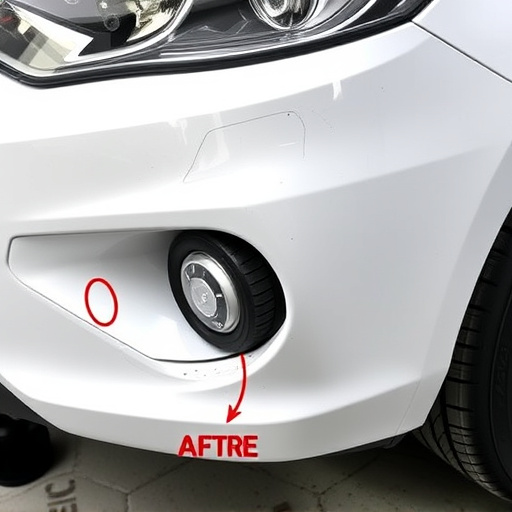
The automotive industry’s relentless pursuit of innovation has led to a significant evolution in vehicle construction materials. Unibody frames, once predominantly made from steel, are now seeing a shift towards advanced materials like aluminum and high-strength steels. This transformation is not just about weight reduction; it’s a game-changer for unibody frame repair strategies. As new materials come into play, so do enhanced repair techniques, pushing the boundaries of what’s possible in car body restoration.
The rise of lightweight materials offers both challenges and opportunities for hail damage repair and car body repair professionals. While these materials provide superior structural integrity and improved fuel efficiency, they also demand specialized knowledge and equipment for effective repairs. Car body restoration experts must adapt to these evolving materials, ensuring that repairs are not just structural but also aesthetic, maintaining the vehicle’s original strength and appearance.
Understanding New Materials' Impact on Repair
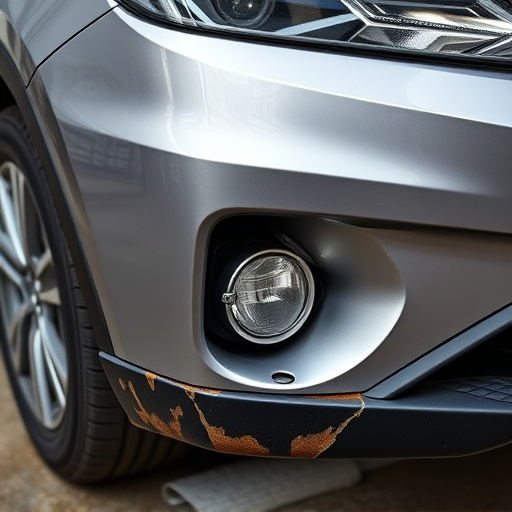
The evolution of new materials in automotive manufacturing is significantly impacting unibody frame repair strategies. As vehicles become increasingly lightweight and more complex in design, traditional repair methods may no longer be suitable. Modern car bodies often incorporate advanced materials like high-strength steel, aluminum alloys, and carbon fiber composites, each presenting unique challenges and opportunities for auto body services. Understanding these material characteristics is crucial for developing effective unibody frame repair techniques.
The shift towards lightweight materials in automotive body work offers both benefits and complexities. For instance, while paintless dent repair can be highly effective on certain materials, the diversity of modern car bodies requires specialized tools and skills to ensure precision and structural integrity during repairs. Repair technicians must adapt their methods to accommodate these new materials, ensuring that any damage is not only visually corrected but also does not compromise the overall strength and safety of the vehicle.
Adapting Repair Strategies for Modern Unibody Frames
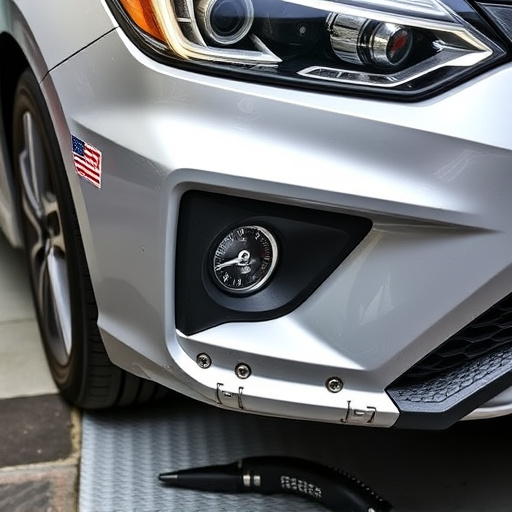
As automotive technology advances, so do the materials used in vehicle construction. Modern unibody frames, for instance, often incorporate lightweight composites and high-strength steels, presenting unique challenges for auto body shops. The traditional repair methods may not be as effective or efficient on these new materials. Therefore, collision centers must adapt their unibody frame repair strategies to accommodate these changes.
This adaptation involves learning to work with the distinct characteristics of newer materials, such as their flexibility, strength, and resistance to corrosion. For example, composite materials require specialized tools and techniques for proper removal and replacement without compromising structural integrity. Tire services that once focused solely on patching or replacing metal panels now need to offer advanced training for their technicians in order to handle these modern unibody frame repairs competently.
The evolution of materials in automotive design has undeniably revolutionized unibody frame repair strategies. Understanding the unique properties and challenges presented by new materials is crucial for ensuring effective and efficient repairs. By adapting their approaches, repair professionals can capitalize on the benefits these advancements offer, ultimately enhancing the structural integrity and longevity of modern vehicles. Embracing these changes is key to staying ahead in the ever-evolving landscape of unibody frame repair.
